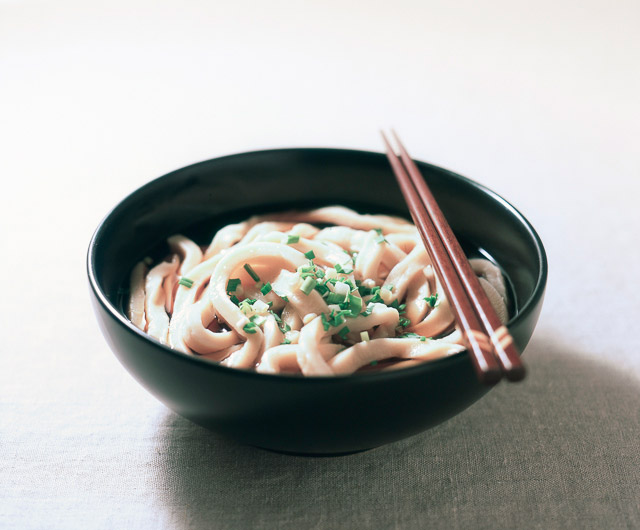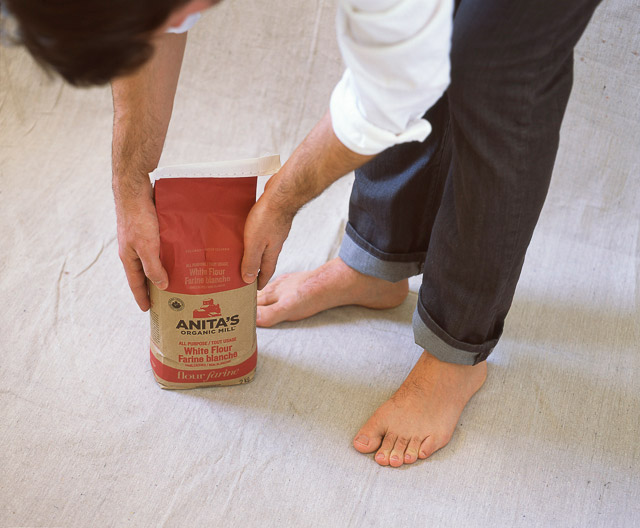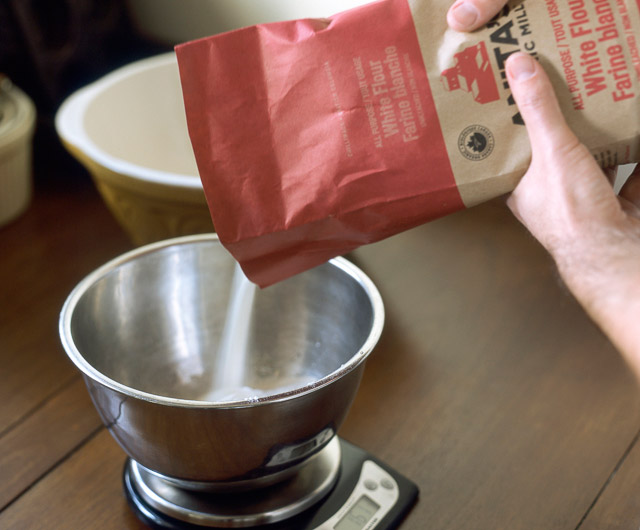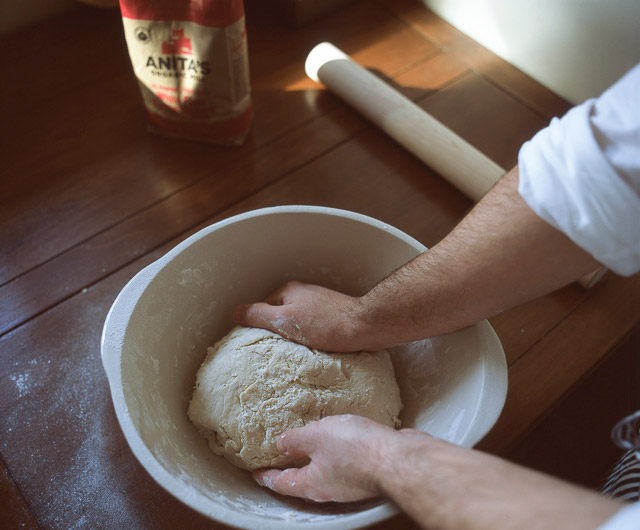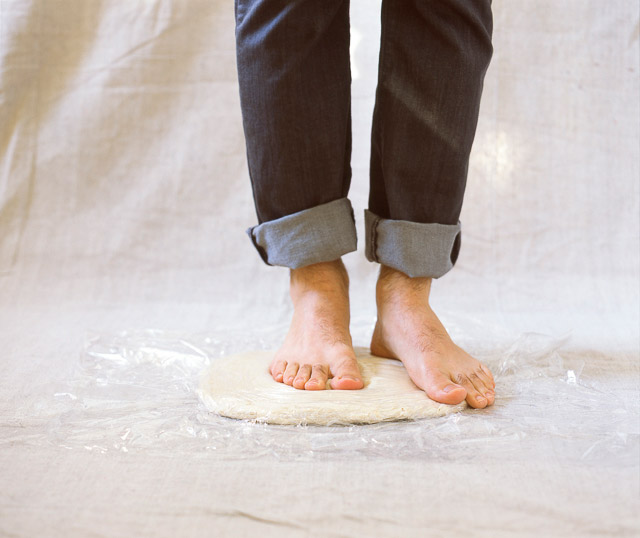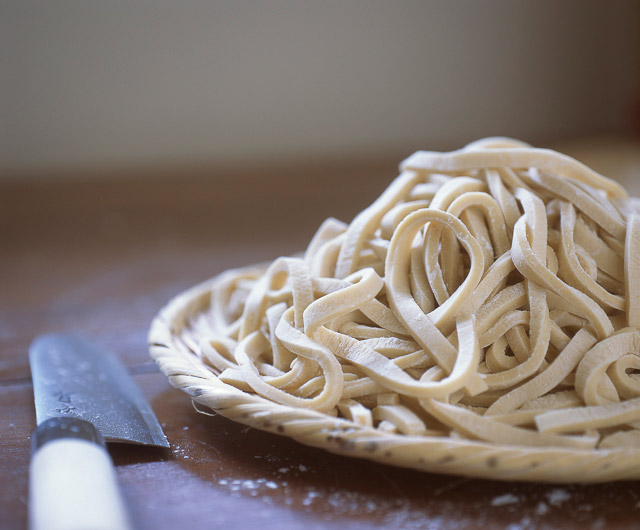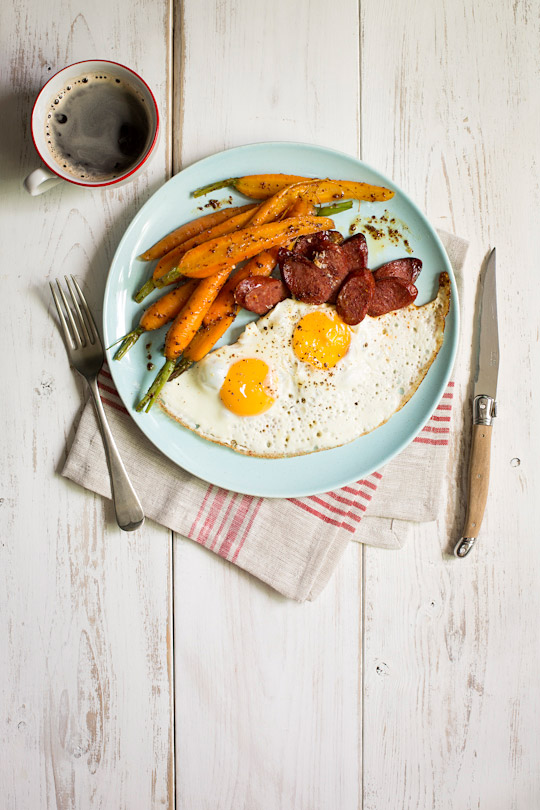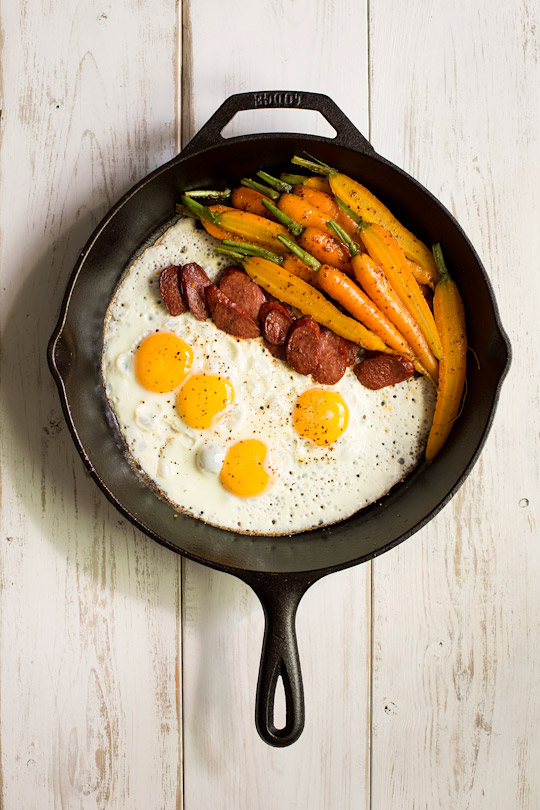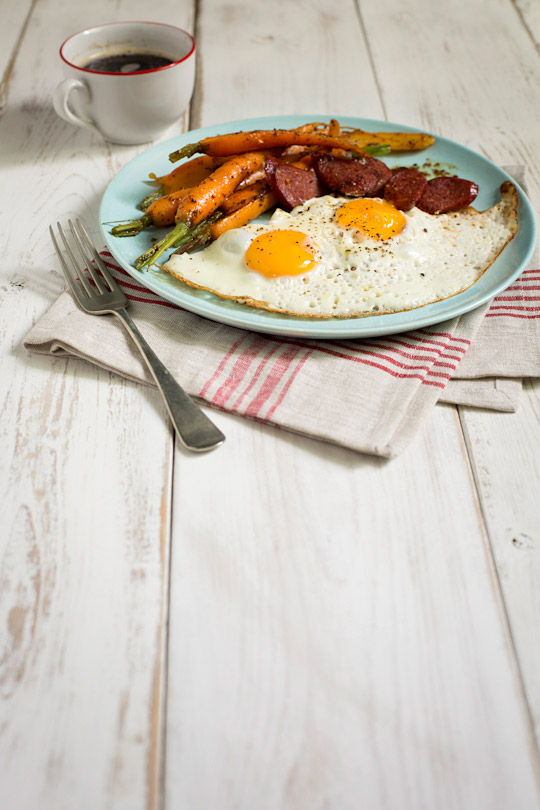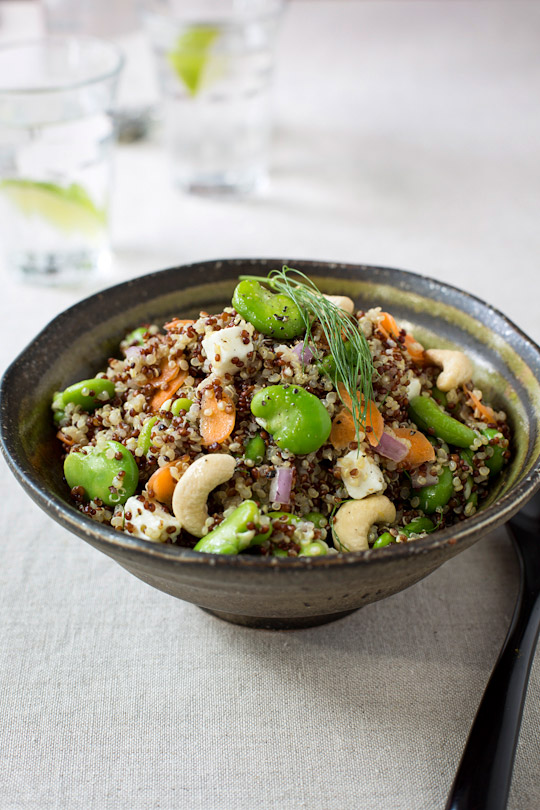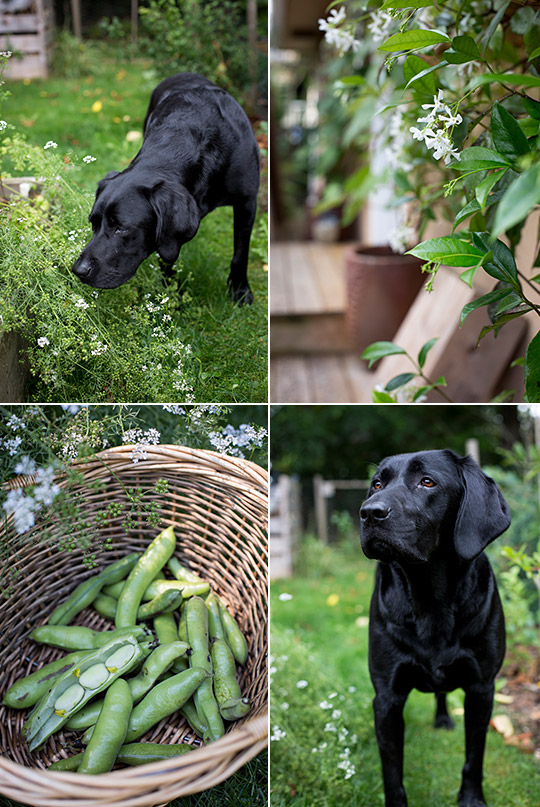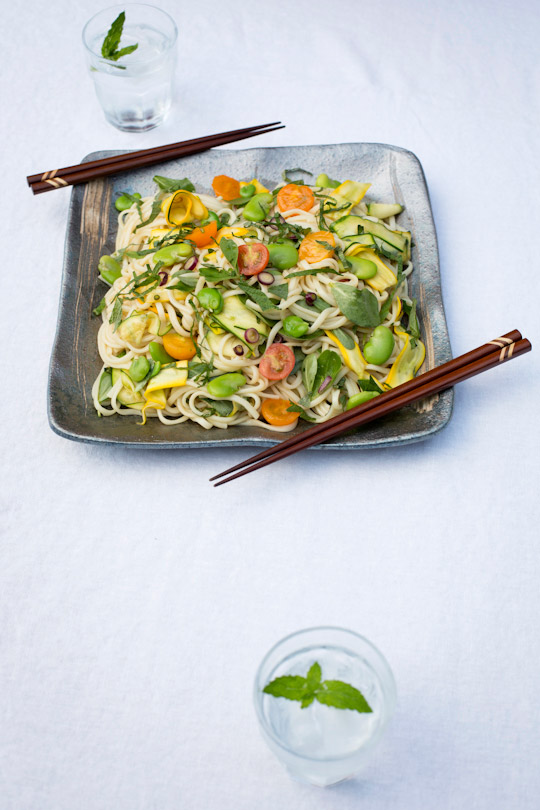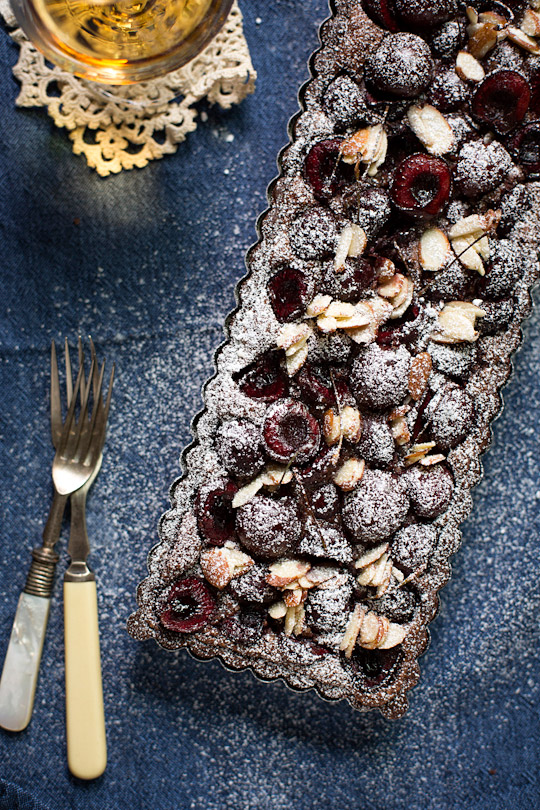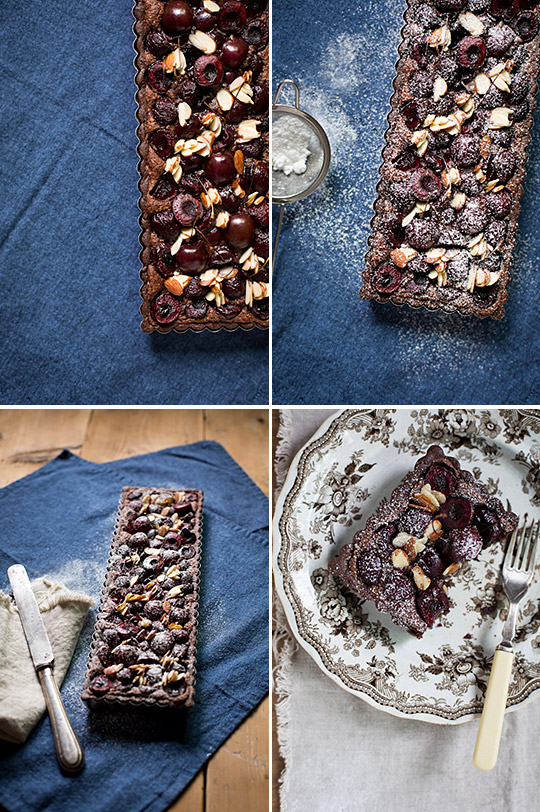Lately, I have been enjoying doing old things. It seems like I’m against the current of modern technology of this day and age, but it just feels right in my own skin. Having started shooting using film is one of them. I truly enjoy the process of taking a photograph. Everything slows down. Unwrap a roll film. Load it and wind it on a spool, wind again to finally be able to shoot. It’s peaceful. Carefully choose a subject and think about a composition, so as not to waste one precious shot out of 10. Now decide on the aperture, take light metering and settle on the shutter speed. Concentrate. Focus. Duh, take off the darkslide, which I often forget to remove! Wait for the right moment. Press the shutter, hoping that neither my subject, nor I, have moved a mere inch. “Dung,” the heavy sound of mirror movement and shutter action completes all that it takes to photograph one scene, and that excites me very much. And yet, I won’t know if I managed to come away with the shot until the film is developed. I have become patient. Cock the shutter, advance the film and start all over again. I get indescribably giddy.
So going back to the old things, for this post, I made udon noodles for you in the traditional way that some Japanese people still do. It is a time consuming process, but if you are looking for something to clear your mind or are trying to settle your anxiety, or if you are like me, just like to use your hands to make food, it is like a type of meditation. At least, the result is certainly worthy: a warm, utterly satisfying bowl of noodle soup.
Udon Noodles and Soothing Soup
Feeds 8 – 10 people
1 kg all purpose flour
Salted water (50g salt and 450 g water)
Cornstarch for rolling the dough
Topping
Green onions, scallions or chives, finely sliced
Soup (serves 3-4)
2 x Kombu (about 4 x 4 inch pieces), make some slits in it with kitchen scissors
2 cups bonito flakes
5 tablespoons mirin
5 tablespoons light coloured soy sauce (usukuchi soy sauce)
or Soba sauce (see the recipe)
Sea salt
Dissolve salt well in 450g of water. Place the flour in a large bowl and add the salted water. Combine until there is no dry flour left. Form into a ball.
Place the dough in between two sheets of clean plastic sheets or Saranwrap on a sheet of clean cloth on the floor (yes, the floor!). Step on the dough with your clean feet. Fold it, step on it to stretch it and fold again. Repeat until the dough becomes smooth. Try not to let the air get inside the dough when you are folding. Match the corners neatly while folding so that it becomes a tidy small mass. Form into a ball.
Rest the dough in an airtight bag (or wrap tightly) at room temperature, 1 hour in summer time or 2 to 3 hours in winter.
In the meantime, make dashi stock. Wipe and clean the piece of kombu with a wrung wet cloth. Do not wash, as flavour leaches away. Fill a large pot with 1.5 L of water and place the kombu inside. Let sit for 20 minutes to let umami leach into the water.
Warm up the pot over medium heat and, just before water starts boiling, remove the kombu from the pot. Don’t cook the kombu, as it gives off an unpleasant odor and taste.
Add the bonito flakes and bring to a boil very briefly: remove from heat. Do not boil the bonito, as it also makes the dashi unpleasant to taste. Leave the dashi until the bonito has sunk to the bottom of the pot and infused the stock. Strain the dashi stock into another pot. Warm up, and add mirin and soy sauce. Adjust with salt. Or, if you already have the soba sauce made, you can add 8 to 10 tablespoons of it. Just gradually add and taste to achieve your liking, and then adjust with salt. If you have extra, keep it refrigerated for up to a few days.
Step on the dough once again in between the two sheets of plastic, and form into a circle. Use your weight to stretch the dough as wide as possible, making it easier to stretch farther later. Flour the cornstarch on the working table and transfer the dough. Using a rolling pin, stretch the dough to about a 27-inch circle. Try to make the dough evenly thick. You can either form it into a circle or square. If you make the dough into a square shape, all the noodles become the same length when you cut them. Alternatively, if you find the dough too tough to stretch with a rolling pin, you can use a pasta attachment on a stand mixer to stretch it. Make the dough into about ¼ inch thickness.
Scatter the cornstarch on the dough surface and fold in thirds; just like you fold a letter to fit in an envelope, pull an edge from one side to the centre and another from the other edge to the centre, overlapping. Cut into ¼ inch thickness with a sharp knife. The key is to match the width of the noodle with the thickness of the dough to make nice shapes. As you cut, fluff the noodles to prevent them from sticking to each other. If you don’t want to cook all the noodles, you can divide them into smaller portions and freeze in airtight bags (remove the air as much as possible so as to avoid freezer burn). Consume within 2 months for the best flavour.
Boil water in a large pot. You need about 5 L of water to cook 400g of noodles per 3 people. Cook the noodles until done, for 12 to 13 minutes. The thicker the longer it takes to cook, so if you are not sure about the doneness, cut a piece of cooked noodle and see if the centre part became translucent. Adjust the heat accordingly to avoid spilling the hot water.
Drain the noodles and rinse with cold water. Drain completely and serve a portion in each bowl. Pour the hot soup over the noodles and top with green onions.
“Itadakimasu.”

